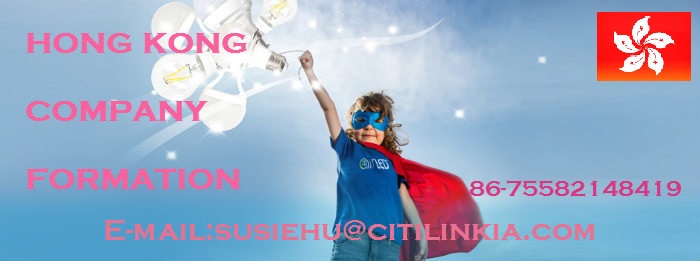Hong Kong Barcode Registration
Hotline: 86-755-82143348, Email: anitayao@citilinkia.com
Universal Product Code
In 1966 the National Association of Food Chains (NAFC) held a meeting where they discussed the idea of automated checkout systems. RCA had purchased rights to the original Woodland patent, attended the meeting and initiated an internal project to develop a system based on the bullseye code. The Kroger grocery chain volunteered to test it.
In mid-1970s, the NAFC established the U.S. Supermarket Ad Hoc Committee on a Uniform Grocery Product Code, which set guidelines for barcode development and created a symbol selection subcommittee to help standardize the approach. In cooperation with consulting firm McKinsey & Co., they developed a standardized 11-digit code to identify any product. The committee then sent out a contract tender to develop a barcode system to print and read the code. The request went to Singer, National Cash Register (NCR), Litton Industries, RCA, Pitney-Bowes, IBM and many others. A wide variety of barcode approaches were studied, including linear codes, RCA's bullseye concentric circle code, starburst patterns and others.
In the spring of 1971 RCA demonstrated their bullseye code at another industry meeting. IBM executives at the meeting noticed the crowds at the RCA booth and immediately developed their own system. IBM marketing specialist Alec Jablonover remembered that the company still employed Woodland, and he established a new facility in North Carolina to lead development.

In July 1972 RCA began an eighteen-month test in a Kroger store in Cincinnati. Barcodes were printed on small pieces of adhesive paper, and attached by hand by store employees when they were adding price tags. The code proved to have a serious problem. During printing, presses sometimes smear ink in the direction the paper is running, rendering the code unreadable in most orientations. A linear code, like the one being developed by Woodland at IBM, however, was printed in the direction of the stripes, so extra ink simply makes the code "taller" while remaining readable, and on 3 April 1973 the IBM UPC was selected by NAFC as their standard. IBM had designed five versions of the UPC symbology for future industry requirements: UPC A, B, C, D, and E.
NCR installed a testbed system at Marsh's Supermarket in Troy, Ohio, near the factory that was producing the equipment. On 26 June 1974, Clyde Dawson pulled a 10-pack of Wrigley's Juicy Fruit gum out of his basket and it was scanned by Sharon Buchanan at 8:01 am. The pack of gum and the receipt are now on display in the Smithsonian Institution. It was the first commercial appearance of the UPC.
In 1971 IBM had assembled a team for an intensive planning session, day after day, 12 to 18 hours a day, to thrash out how the whole system might operate and to schedule a roll-out plan. By 1973 they were meeting with grocery manufacturers to introduce the symbol that would need to be printed on the packaging or labels of all of their products. There were no cost savings for a grocery to use it unless at least 70% of the grocery's products had the barcode printed on the product by the manufacturer. IBM was projecting that 75% would be needed in 1975. Even though that was achieved, there were still scanning machines in fewer than 200 grocery stores by 1977.
Economic studies conducted for the grocery industry committee projected over $40 million in savings to the industry from scanning by the mid-1970s. Those numbers were not achieved in that time-frame and some predicted the demise of barcode scanning. The usefulness of the barcode required the adoption of expensive scanners by a critical mass of retailers while manufacturers simultaneously adopted barcode labels. Neither wanted to move first and results were not promising for the first couple of years, with Business Week proclaiming "The Supermarket Scanner That Failed" in a 1976 article.
Experience with barcode scanning in those stores revealed additional benefits. The detailed sales information acquired by the new systems allowed greater responsiveness to customer needs. This was reflected in the fact that about 5 weeks after installing barcode scanners, sales in grocery stores typically started climbing and eventually leveled off at a 10–12% increase in sales that never dropped off. There also was a 1–2% decrease in operating cost for the stores that enabled them to lower prices to increase market share. It was shown in the field that the return on investment for a barcode scanner was 41.5%. By 1980, 8,000 stores per year were converting.
The global public launch of the barcode was greeted with minor skepticism from conspiracy theorists, who considered barcodes to be an intrusive surveillance technology, and from some Christians who thought the codes hid the number 666, representing the number of the beast. Television host Phil Donahue described barcodes as a "corporate plot against consumers".
Contact Us
If you have further queries, don’t hesitate to contact ATAHK anytime, anywhere by simply visiting ATAHK’s website www.3737580.net , or calling Hong Kong hotline at 852-27826888 or China hotline at 86-755-82143422, or emailing to anitayao@citilinkia.com.